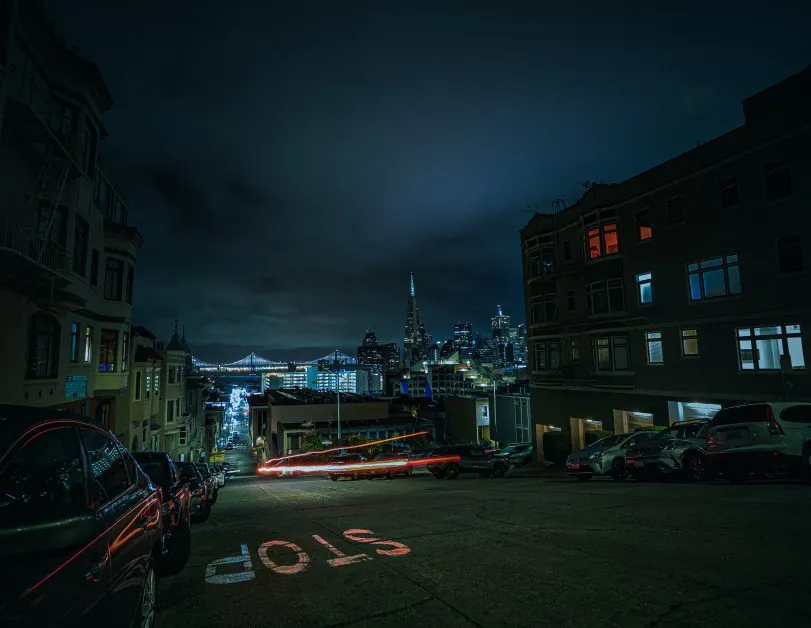Artificial Intelligence
New 3D Lidar System for Improved Object Tracking and Distance Measurement

Researchers led by Susumu Noda from Kyoto University in Japan have published a study on their new nonmechanical 3D lidar system. The system fits in the palm of the hand and is capable of measuring the distance of poorly reflective objects and automatically tracking their motion.
The research was published in Optica.
Combining Scanning and Flash Illumination
According to Noda, “With our lidar system, robots and vehicles will be able to reliably and safely navigate dynamic environments without losing sight of poorly reflective objects such as black metallic cars.” He added that incorporating the technology into cars would make autonomous driving safer.
The new system is made possible by a unique light source called a dually modulated photonic-crystal laser (DM-PCSEL). The DM-PCSEL integrates non-mechanical, electronically controlled beam scanning with flash illumination used in flash lidar to acquire a full 3D image with a single flash of light. This light source is chip-based and could eventually enable the development of an on-chip all-solid-state 3D lidar system.
Lidar systems map objects by illuminating them with laser beams and calculating the distance of these objects by measuring the time of flight (ToF) of the beams. Most existing and under-development lidar systems rely on moving parts, making them bulky, expensive, and unreliable. Flash lidar systems, on the other hand, use a single broad and diffuse beam of light to simultaneously illuminate and evaluate the distances of all objects in view. However, flash lidar systems can't measure the distances of poorly reflective objects and tend to be large because of the external lenses and optical elements required to create the flash beam.
Developing the New Light Source
To overcome these limitations, the researchers developed the DM-PCSEL light source, which has both flash illumination and beam-scanning capabilities. The researchers incorporated this light source into a 3D lidar system, allowing for simultaneous measurement of many objects with wide flash illumination and selective illumination of poorly reflective objects with a more concentrated beam of light. They also installed a ToF camera and developed software for automatic tracking of the motion of poorly reflective objects using beam-scanning illumination.
“Our DM-PCSEL-based 3D lidar system lets us range highly reflective and poorly reflective objects simultaneously,” said Noda. “The lasers, ToF camera, and all associated components required to operate the system were assembled in a compact manner, resulting in a total system footprint that is smaller than a business card.”
The researchers demonstrated the system by using it to measure the distances of poorly reflective objects placed on a table in a lab. They also showed that the system can recognize and track the movement of these objects. The researchers are now exploring the potential of the system in practical applications, such as the autonomous movement of robots and vehicles, and are investigating the possibility of replacing the ToF camera with a more optically sensitive single-photon avalanche photodiode array for longer-distance measurements.











